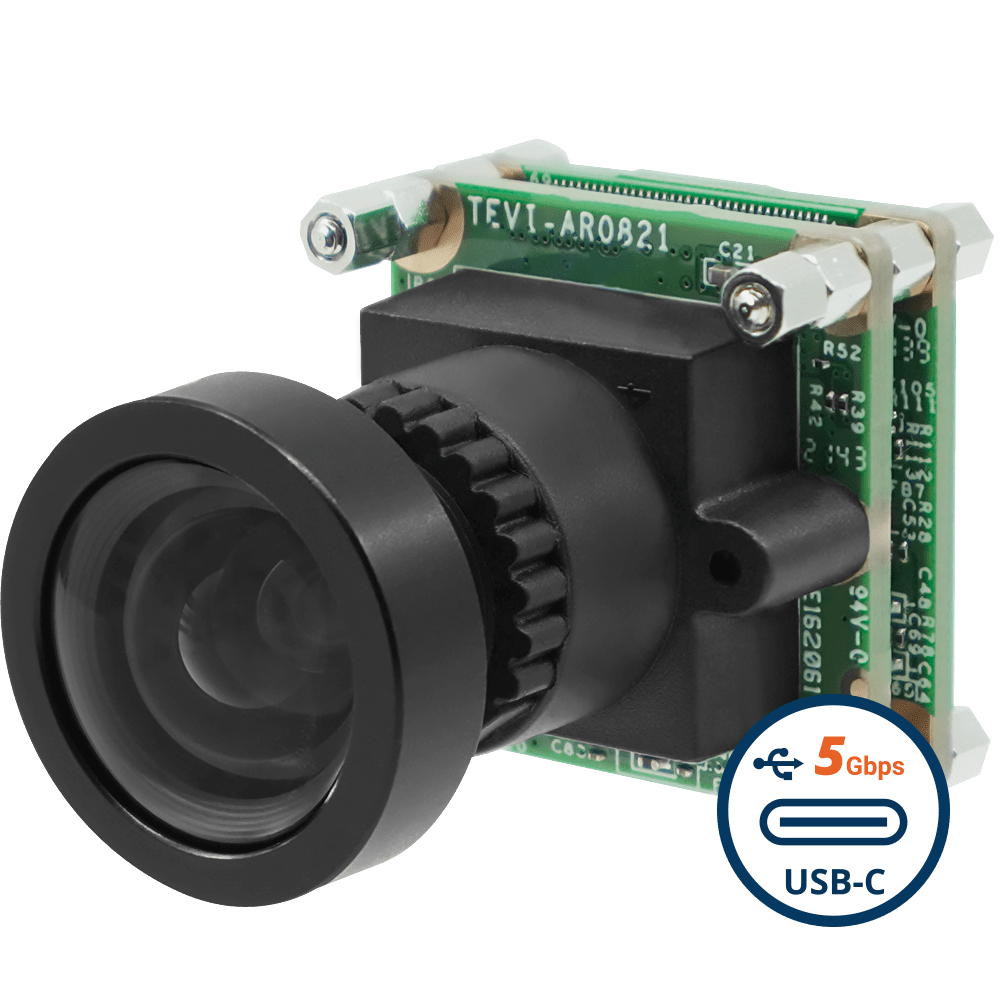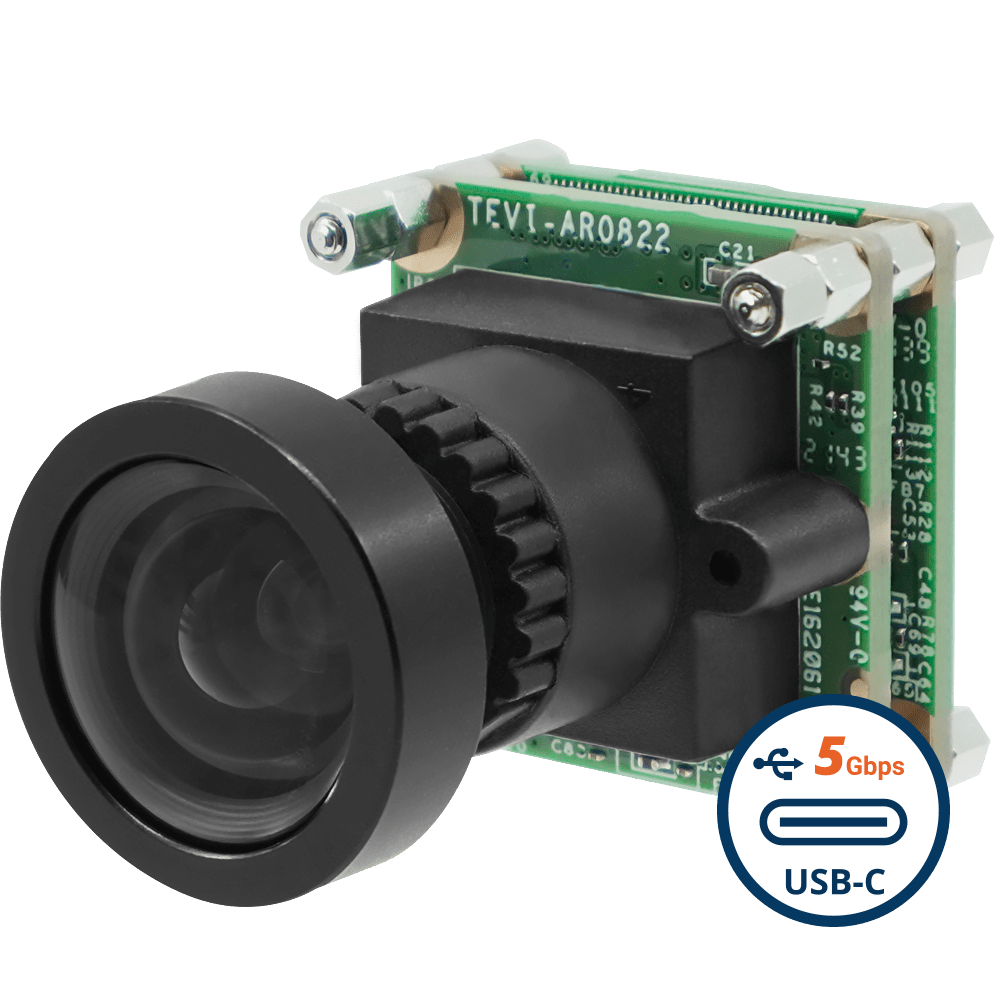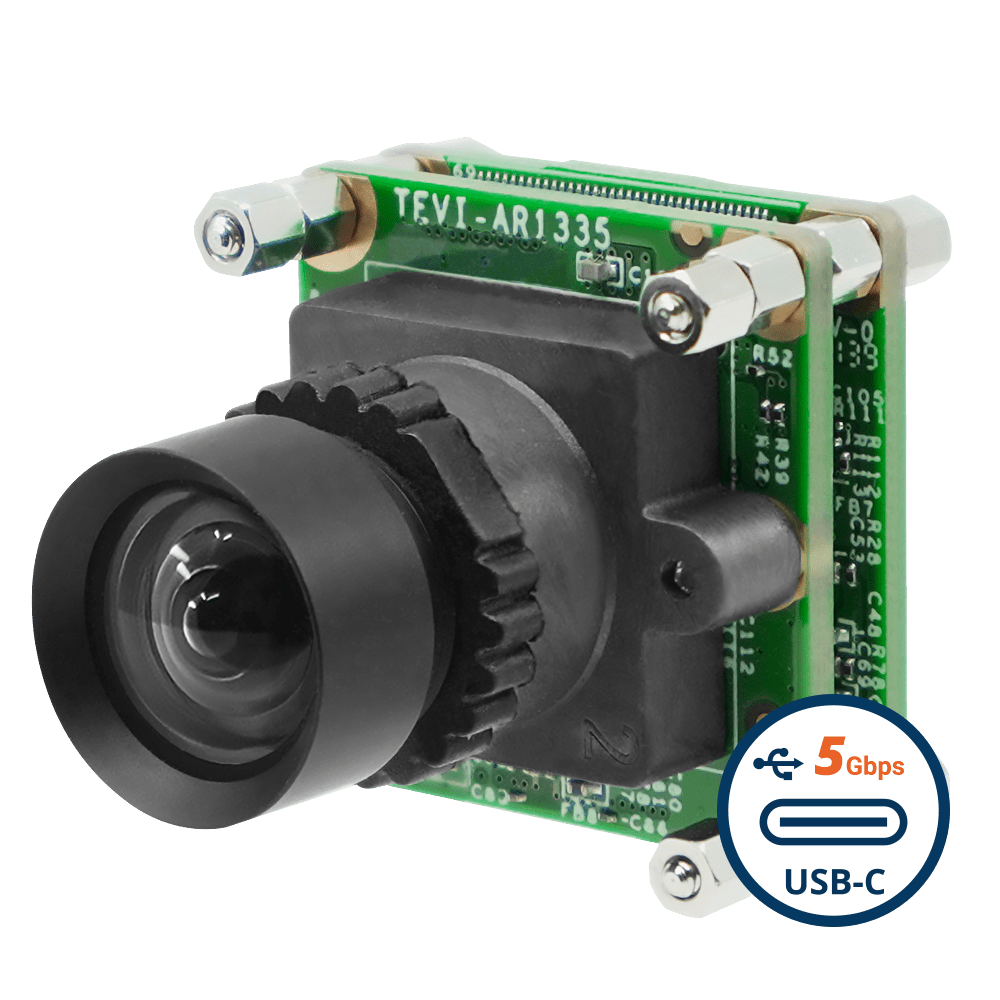The integration of technologies such as AI (Artificial Intelligence), IoT (Internet of Things), AR (Augmented Reality), and VR (Virtual Reality) is creating a complete shift in the way humans experience the world around them. The world is becoming smarter, and in recent years, smart city is a term that has gained popularity where information and communication technologies are used to fuel efficiency and raise the standard of living.
It is not a concept anymore. Efforts all around the world are ongoing to make city life smarter. From smart traffic cameras to accessible internet and smart streetlights, there are many systems that enable ‘smart living’. Kiosks and digital signages are among those smart devices that have been offering an interactive and immersive experience to city dwellers by making processes such as shopping, booking tickets, and ordering food more convenient.
Equipping kiosks with embedded cameras expands their functionalities and offers a personalized experience to the users. It also gives kiosk owners the ability to gather demographic and behavioral insights about the users, which can in turn be used to enhance the experience.
In this blog post, we explore how camera-enabled smarty city kiosks are redefining city experiences, and as a kiosk manufacturer, the factors you need to consider while choosing a camera for your smart kiosk.
What are smart city kiosks?
Smart city kiosks are interactive booths or displays that are used to provide various kinds of information to residents and travelers. From finding city maps to tourist destinations and healthcare facilities.
Some of the other functionalities of smart city kiosks include:
- Advertising medium for local shops and restaurants.
- Enhance security by monitoring and detecting any unwanted activity in the surroundings.
- Provide essential information in the event of an emergency or natural disaster.
- Promote culture and entertainment activities of the city to promote tourism.
- Mini games and activity experiences.
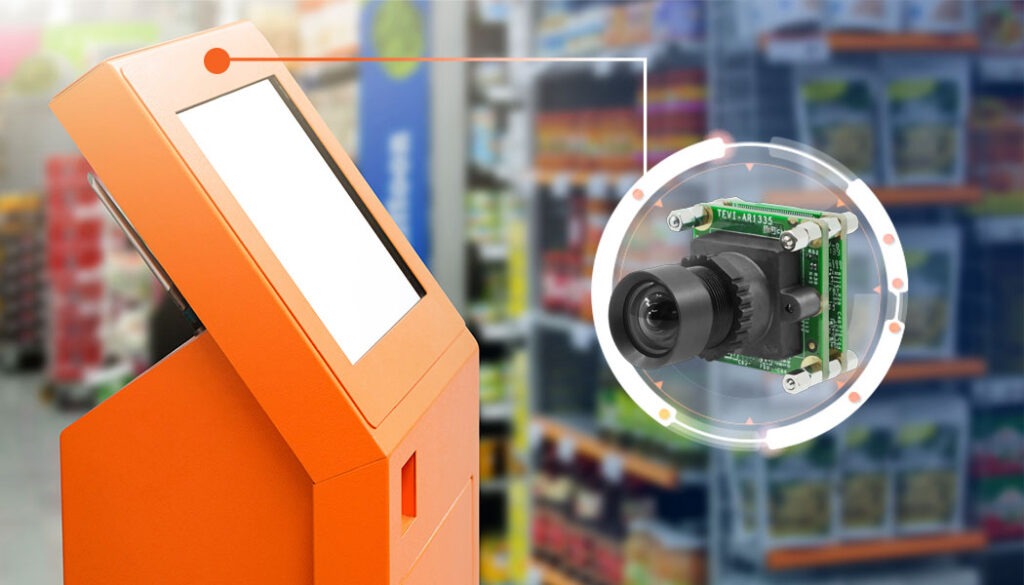
A smart shopping kiosk
How are embedded cameras used in smart city kiosks?
Kiosks of the past were traditional touchscreens that functioned similarly to a smartphone or a computer to provide information. Modern-day kiosks are more advanced and leverage camera modules and AI to personalize experiences by collecting user data for insights. Camera modules enable the following functionalities in new-age smart city kiosks:
- Take photographs of the users for verification or data collection. This is often used in government offices or banks.
- Monitor the surroundings for surveillance and detect threats & the presence of unwanted people and objects.
- Analyze the demographic characteristics of the users and people who pass by to show personalized advertisements to them. This technique is also used to count the number of people who use the kiosk.
Related: Revolutionizing Offline Advertising With Smart Signages and Embedded Vision
- For iris recognition, which is used for security checks or border control.
Applications of smart city kiosks
The use cases of smart city kiosks continuously expand. Here are a few of their notable applications:
- Retail stores and restaurants: In retail environments, kiosks make the ordering process more convenient. In supermarkets and stores, kiosks can be used to locate an item while in restaurants you can use kiosks to pick the right food and make the payment to place an order. This helps to eliminate long queues, thereby enhancing customer and staff experience. Retail kiosks might or might not come with cameras depending on their requirements. For example, a camera is needed if the kiosk is used to show personalized advertisements.
- City centers and parks: Kiosks placed on walkways or the sides of parks. The purpose is to make information accessible to people in the most crowded places. Tourists do not have to look for a help desk all the time as the kiosk becomes their guide and assistant in wayfinding, identifying new tourist attractions, and exploring commute options.
- Airports: In airports, kiosks are primarily used for generating and printing tickets and boarding passes. They are also used as advertising booths which shops in the airport or its vicinity leverage to promote their business and attract more visitors.
- Metro, train, and bus stations: Smart city kiosks contribute to enhancing travel experiences by acting as interactive devices for ticket booking, finding routes, and placing requests. Cameras in these kiosks help with people counting and surveillance.
- Hospitals: Kiosks are used for checking queueing status in hospitals, making doctor bookings, and placing orders at pharmacies. Kiosks at hospitals are also a part of the smart city revolution since they enhance the experience and overall quality of living of the resident
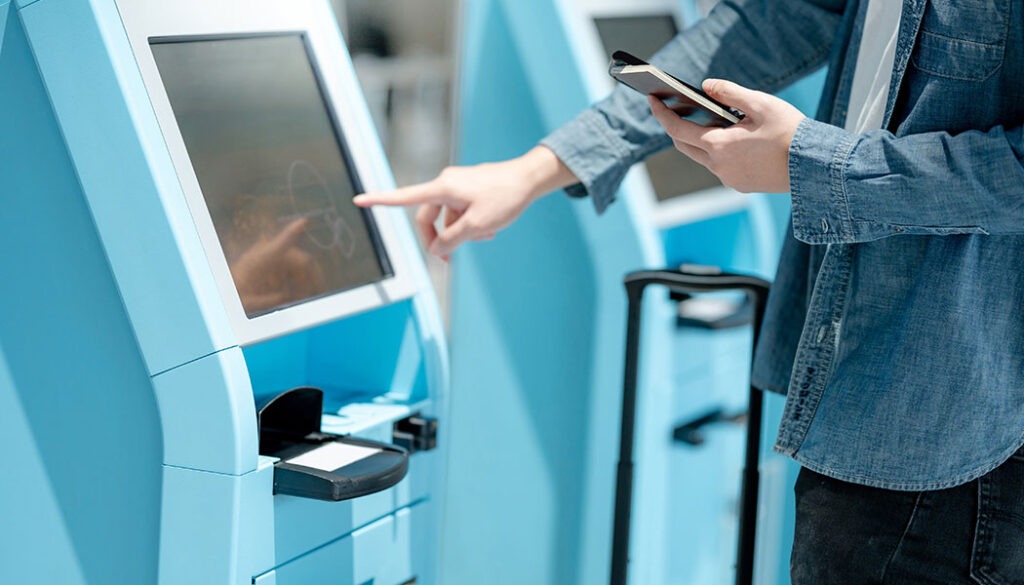
Airport kiosk
Factors to consider while choosing a camera for your smart city kiosk
Selecting a camera module for a kiosk requires you to consider multiple factors. Depending on the end application and the environment in which the kiosk is installed, the features might have to be different. In this section, let us explore all the factors and features you need to consider while integrating a camera into your smart city kiosk.
Resolution
Resolution is the most crucial factor to consider in all embedded vision applications. It has a significant role in determining the quality of the image output. When it comes to smart city kiosks, cameras with a resolution as low as 2MP are in use. However, modern-day kiosks require higher resolutions (a minimum of 5MP) which can often go above 8MP depending on the end application requirements. For example, a kiosk with a document camera used for passport verification will need a high-quality camera with a resolution of 5MP or above.
High dynamic range
Dynamic range is the ability of a camera to capture image data clearly in a wide spectrum of light intensities. This feature is needed mostly in outdoor kiosks that operate under bright sunlight during the day. A high dynamic range helps cameras prevent sections of the image from being washed out under bright light. Similarly, it can also help capture clear images under limited light.
When it comes to indoor kiosks, a high dynamic range camera is needed only if it is exposed to bright light – either sunlight coming through a window/door or an artificial light. In both indoor and outdoor settings, a dynamic range of more than 120 dB is recommended.
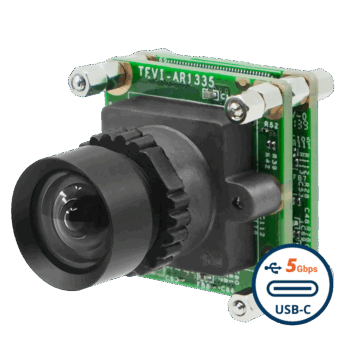
USB3 Type C PCB Board Level Camera with onsemi AR1335 13MP Rolling Shutter with Onboard ISP and S-mount Lens with IR-Cut Filter
UVCI-AR1335-SL
- onsemi AR1335 13MP Rolling Shutter Sensor
- 4K HDR Imaging for Low-Cost Applications
- S-Mount for Interchangeable Lenses
- UVC USB Type-C 5 Gbps Connector
- Plug & Play with Windows & Linux OS
- VizionViewer™ configuration utility
- VizionSDK for custom development
Interface compatibility
Most smart city kiosks will find the USB interface to be the best choice given its plug-and-play compatibility with x86-based hosts. In addition, USB is also a high-speed interface that meets the data transmission needs of next-gen kiosks that are AI-enabled. The interface can also connect multiple cameras to the processor if needed.
Also read: UVC USB Camera Modules – Why They are Preferred in Most Embedded Camera Systems
Frame rate
Kiosks are not demanding when it comes to frame rates as they are not required to capture objects that are moving fast. A frame rate of 30 fps will suffice in most cases. The only thing to consider here is the combination of resolution and frame rate. Both limit each other to a given bandwidth offered by the host processor. For example, at a high resolution like 4K, achieving a frame rate over 30 fps requires the processor to have an extremely high bandwidth.
Low light sensitivity
Smart city kiosks are usually placed in well-lit areas. However, there could be exceptions to this. An example is a kiosk placed outside during the night. If there is not sufficient artificial lighting available, the camera should have good low light capabilities to ensure quality image capture. If you do not intend to invest in a specialized low light camera module, an alternative approach would be to go with a high dynamic range camera that can take images in a wide range of light intensities.
The right lens
There is no doubt that the choice of lens impacts image quality. The camera needs to have the right lens mount so that you can choose from a wide variety of options available on the market. To make this process easier for kiosk manufacturers, TechNexion offers cameras with both S Mount and C Mount. For example, VCI-AR0822-CB from TechNexion is an 8MP USB camera that comes with a C Mount.
Size and compactness
Some digital signages are small and might require the camera module to have a small form factor so it can fit well into the device’s architecture. However, a camera with standard 30mm (about 1.18 in) x 30mm (about 1.18 in) dimensions should be more than enough in most smart city kiosks.
The future of camera-enabled smart city kiosks
With a higher adoption and integration of smart city technologies, the need for camera modules will also increase. Another key shift that is likely to happen in space is the use of artificial intelligence in combination with cameras and sensors to interpret visual data. This will enable kiosk owners to understand their customers better so that they can tailor their offerings accordingly. AI-enabled advertising using smart signages is an example of this.
The future will see newer applications emerging using smart city kiosks in the fields of safety & security, information access, and entertainment. We could possibly see 3D printing at kiosks that will help users get objects like toys instantly while making the selection and payment in the same interface. The possibilities are endless. Beyond doubt, embedded vision will play a key role in this transformation in the coming years.
How TechNexion can help build your next smart city kiosk
Embedded cameras are one of the key product lines of TechNexion. With features such as high resolution, HDR, low light sensitivity, etc., we have a camera for every need. Learn more about our embedded vision solutions here.

